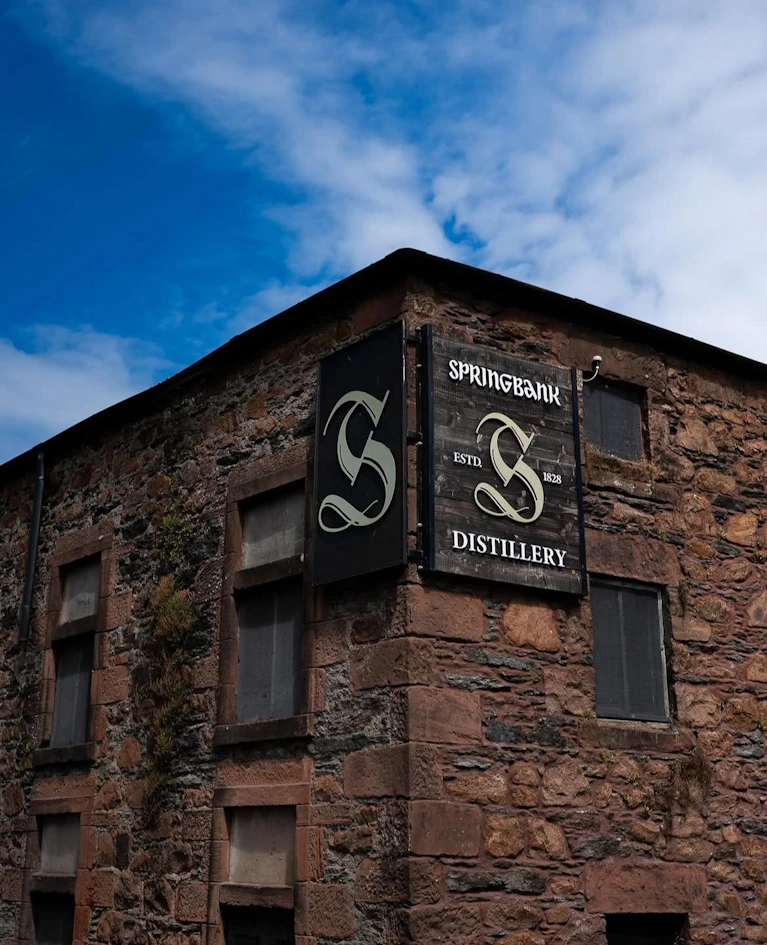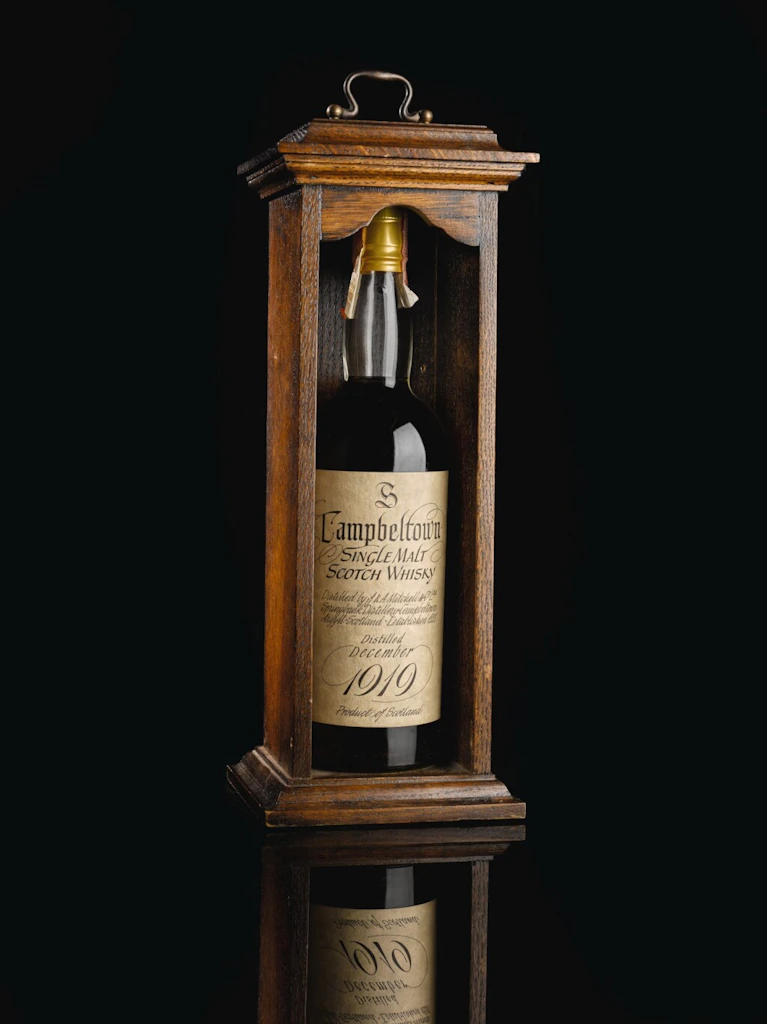Meet The Distillery: Springbank
Nearly Two Centuries of Whisky Heritage From Illicit Origin


From Illicit Origins to Enduring Legacy
The story of Springbank began before legality ever entered the picture. In the 1660s, the Mitchell family arrived in Campbeltown and began working as maltsters. By 1828, Archibald Mitchell established Springbank as a licensed distillery on the site of his former illicit still. What followed was not just the rise of a brand, but the survival of a philosophy.
Campbeltown quickly became a whisky powerhouse. At its peak in the 1800s, the town hosted more than 30 active distilleries. However, as demand surged in the early 20th century, many producers compromised quality for quantity. Springbank chose a different path. It upheld its traditional practices, which allowed it to weather industry downturns that closed nearly every other distillery in the region.
Today, Springbank is one of only three active distilleries in Campbeltown. It remains an emblem of resilience, tradition, and uncompromised craft.
A Distillery Where Heritage is Daily Practice
Springbank is not a distillery that only preserves its history in archives. It brings its history to life in every aspect of production. Many of the buildings date back to the 1800s, and the equipment used is nearly unchanged from what was used a century ago.
The whisky is made with techniques rarely seen today. The barley is malted on traditional floors. The wash is fermented for extended periods in wooden washbacks. The stills are fired by live flames. The whisky is filled into carefully selected casks and aged on site, often for decades. It is then bottled by hand without chill filtration or added colouring.
These practices are not maintained for marketing purposes. They are the foundation of what makes Springbank whisky distinct. They also provide a level of authenticity that cannot be imitated or manufactured. This authenticity is highly valued by collectors, connoisseurs, and investors.
Stewardship That Spans Generations
Springbank has remained in the Mitchell family since its founding. When Hedley G. Wright, the fifth-generation chairman, passed away in 2023, the ownership was placed in three family trust funds. A family representative was appointed to the board to continue the lineage.
This long-term family stewardship gives Springbank a rare level of independence. The distillery is not subject to the short-term demands of corporate ownership. It does not chase commercial trends. Instead, it makes decisions that reflect a commitment to legacy, quality, and future value.
For investors, this consistency in leadership and purpose signals stability. It creates confidence that the brand will continue to grow in value while staying true to its roots.
A Cultural Legacy That Translates Into Investment Value
Springbank is widely recognised for its place in whisky history, but it is also a high performer in the collectible market. In 2019, a bottle of Springbank 1919 50-year-old was sold for 250,000 EUR. This was not a publicity stunt. It was a market signal.
Other rare and limited releases, such as the Local Barley series and Springbank Society editions, have also performed strongly in secondary markets. These bottles are not produced for volume. They are produced for quality, identity, and scarcity.
As a result, Springbank has become one of the most respected names among whisky investors. It is not driven by marketing. It is driven by method, and its reputation has been earned bottle by bottle.
Why Heritage Strengthens Investment Potential
Continuous family ownership provides long-term brand integrity
Traditional production creates authentic and unique whisky character
Iconic releases show strong secondary market performance
Emotional and cultural value increases market demand and loyalty
Springbank offers more than whisky. It offers a legacy that is both preserved and evolving. It proves that tradition and innovation can coexist, and that doing things the right way is also the most valuable way.
Want to explore how Springbank fits into your whisky investment strategy?
Discover the Options and Possibilities within our curated portfolio offerings or speak with one of our whisky investment specialists.
Stay tuned! This is part two of a three-part series exploring Springbank. In the next article, we will uncover Springbank as an Investment: Rarity, Craft, and Return.
Images: www.springbank.com
